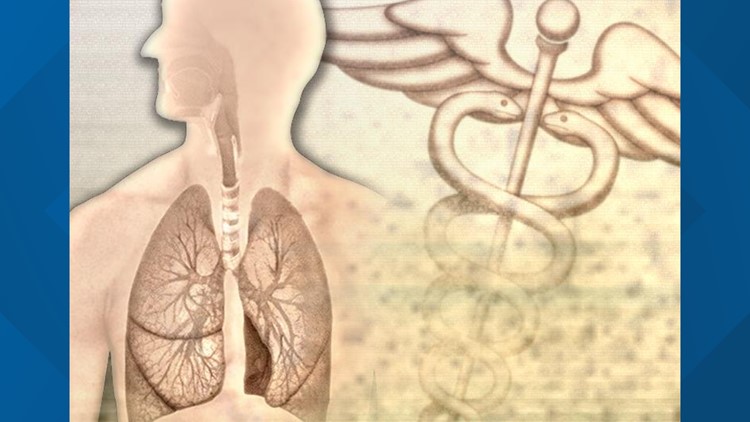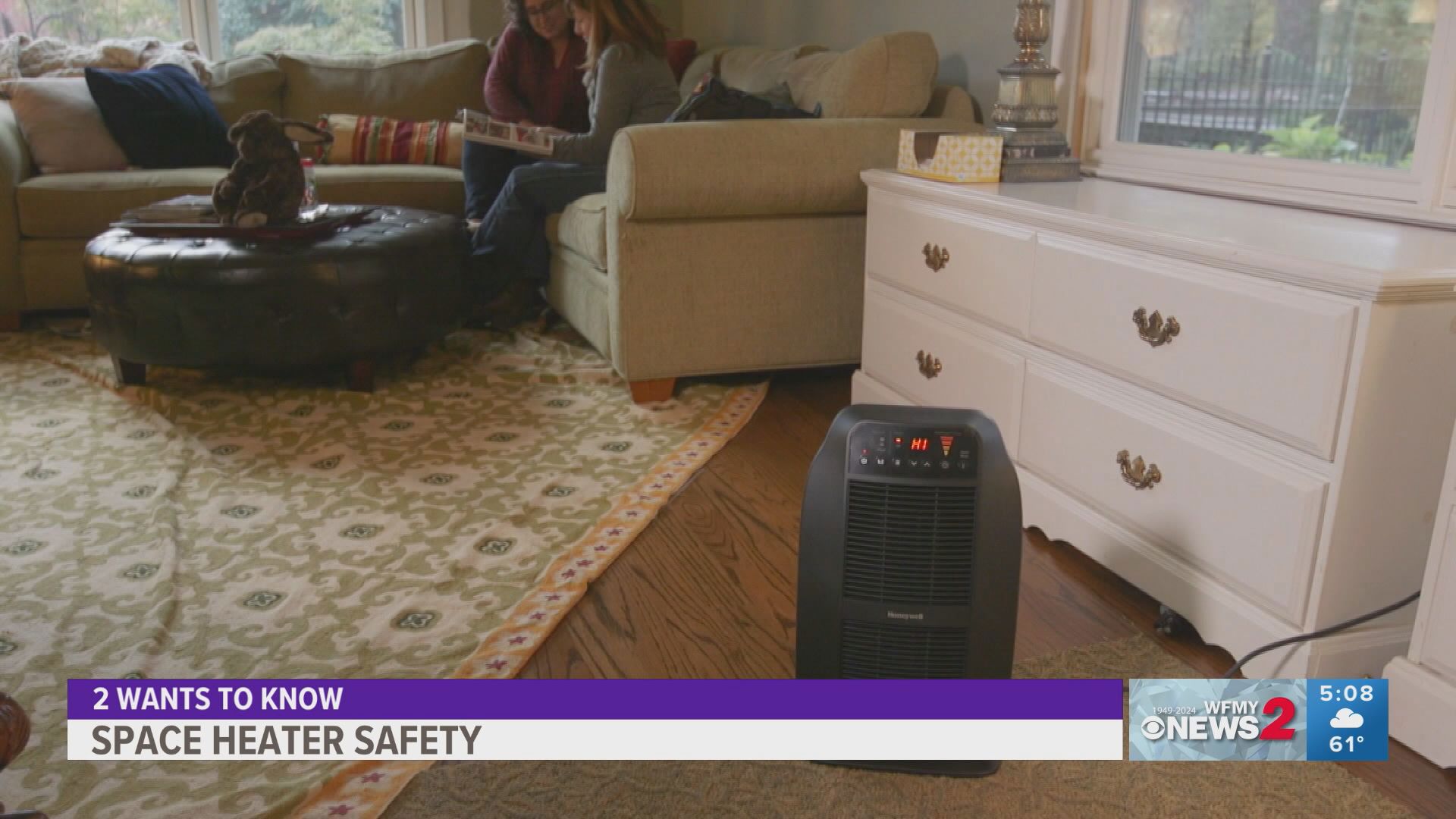Most cases of lung cancer, the leading cause of cancer death in the U.S., are diagnosed at a late stage, when the likelihood of a cure is low.
Having a low-dose CT scan (LDCT) before symptoms arise can prevent deaths in people at highest risk of the disease: mostly smokers and former smokers. Eighty to 90 percent of lung cancer cases are caused by smoking.
But only 12.5 percent of those who should get screened for lung cancer may be doing so, according to new survey findings by 10 state health departments and the Centers for Disease Control and Prevention. Among other questions, the survey, administered in 2017, asked those at risk for lung cancer whether they'd been screened in the prior 12 months.
“Compared to other, well-known screening tests such as mammograms and colonoscopies, lung cancer screening is relatively new,” says Peter Mazzone, M.D., director of the Cleveland Clinic’s lung cancer screening program.
It’s possible that people who could benefit from it—and their healthcare providers—aren’t aware of the test. But is it right for you?
Screening Recommendations
In LDCT, an X-ray machine uses small amounts of radiation to make a detailed picture of the lungs to identify abnormal spots or nodules.
Unlike colon cancer screening, which is recommended for all adults of a certain age, the U.S. Preventive Services Task Force and many major medical organizations, including the American Cancer Society, recommend yearly LDCT only for those at high risk for lung cancer.
According to the USPSTF, this includes adults 55 to 80 who have at least a 30-pack-year history who currently smoke or who have quit within the past 15 years. (A 30-pack-year history is the equivalent of smoking one pack a day for 30 years or two packs a day for 15 years.)
Since 2015, Medicare has covered LDCT in people in these groups between ages 55 and 77.
Weighing the Pros and Cons
Research shows that LDCT is more effective than a chest X-ray, the previous test for lung cancer.
Compared with a chest X-ray, it reduced the risk of dying from lung cancer by 20 percent more and the overall risk of death by about 7 percent more among current or former heavy smokers between ages 55 and 74, according to a study published in 2011 in the New England Journal of Medicine.
The scan may also pick up conditions such as hardening of the arteries, an indicator of heart disease.
Plus, some evidence suggests that smokers who have the test are more motivated to quit, according to Charles Powell, M.D., director of the Mount Sinai-National Jewish Health Respiratory Institute in New York City.
Still, LDCT “isn’t recommended across the board,” Mazzone says.
The scan has an alarmingly high rate of false positives: For every lung cancer death prevented, 302 people who don’t have the disease will test positive.
That means many will undergo additional (and unnecessary) screening or medical procedures, such as another scan three, six, or even 12 months later to check for changes in the shape or size of the suspicious area (an indication of tumor growth). “For some patients, the anxiety or worry that goes along with waiting can be a real issue,” Mazzone says.
Or you may need a biopsy (removal of a small amount of lung tissue), which has risks, especially for those with underlying health conditions, such as chronic obstructive pulmonary disease or emphysema. For instance, in people with emphysema, there’s a chance of a lung collapsing during the procedure.
How to decide? “If you meet the USPSTF eligibility criteria, are otherwise pretty healthy, and the benefits clearly outweigh the risks for you, the answer is usually ‘yes’ to screening,” Mazzone says.
It may not be worthwhile, however, for those with conditions that make lung biopsy risky or who aren’t healthy enough to undergo lung cancer treatment.
Most people fall somewhere in between, where there isn’t necessarily one right answer. Online risk predictors can give you an idea. But it’s important to discuss benefits and risks with your primary care doctor.
Tips for Testing
If you and your doctor determine that you should be screened, look for an imaging facility whose staff follows American College of Radiology requirements when performing low-dose CT scans. (You can find accredited facilities here.)
This can help to ensure an accurate read of your scans by a highly trained, board-certified or board-eligible radiologist.
You may need a referral from your primary care provider. Most insurance companies—and Medicare—require this before they’ll cover the cost of screening.



